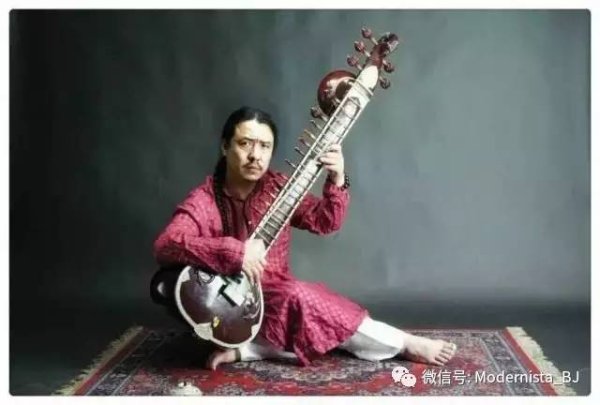
Join us for one more Thursday dedicated to cultural influences and fusions from all the round the world blended into music, dance, theater and stage performaces. This week we are welcoming our old, good friends. For their latest stage performance we werent able to host to all who wanted to see it. Modernista was literally packed! Lets welcome again Ravi and The Shadows!
Shadow puppets are designed and managed by experienced puppet master Wang Yu Guang with a contemporary music twist thanks to Ravi's experimental influences.
Wang established RONG shadow play studio in 2013, promoting the old and beautiful art of Chinese shadow puppetry. The term Rong has a meaning of mixture and combination. Over the years, Wang has been collaborating with artists from different fields in a contemporary approach, in a bid of combining the merits of traditional and modern art.
Beijing born Ravi used to work as a photographer. When he was 35, he claimed to have heard the voice of destiny, started to travel around teh world to learn more about tribal music instruments. He has been travelling to Sudan, Egypt, India, Turkey, South Africa, XinJiang, Mongolia etc. In India, he studied at the Institute of Dhrupad In Bhopal, specialized in Dhrupad music, Sitar and Raga. As a tribal musician, he can also play rare tribal instruments from different regions which he believes have spiritual energy.
Jing Ran, guitarist of From Next In, and Southern Rock Metal Band will be joining them on stage.
More about history of Chinese Shadow Puppetry:
Shadow puppetry originated during the Han Dynasty (206 B.C.–220 A.D.) when one of the concubines of Emperor Wu Han died from an illness. The emperor was devastated, and he summoned his court officers to bring his beloved back to life. The officers made a shape of the concubine using donkey leather. Her joints were animated using 11 separate pieces of the leather, and adorned with painted clothes. Using an oil lamp they made her shadow move, bringing her back to life.
Shadow theatre became quite popular as early as the Song Dynasty, when holidays were marked by the presentation of many shadow plays. During the Ming Dynasty there were 40 to 50 shadow show troupes in the city of Beijing alone.
In the 13th century, the shadow show became a regular recreation in the barracks of the Mongolian troops. It was spread by the conquering Mongols to distant countries like Persia, Arabia, and Turkey, being later introduced to other Southeastern Asian countries. The earliest shadow theatre screens were made of mulberry paper. The storytellers generally used the art to tell events between various war kingdoms or stories of Buddhist sources. Today, puppets made of leather and moved on sticks are used to tell dramatic versions of traditional fairy tales and myths. In Gansu province, it is accompanied by Daoqing music, while in Jilin, it is presented with Huanglong music forms, some of the basis of modern Chinese opera.





 Click here to add an event!
Click here to add an event!